Description
Purify and Amplify Your Space with a Spider Plant
The Chlorophytum comosum, also commonly known as the Spider Plant, is a popular choice for plant enthusiasts. These plants make for a beautiful addition to your home, and you can keep them by the window or nearby stairs to add a natural element to your space.
This plant was initially found in the tropical rainforests of South Africa and became popular worldwide in the 19th century. The reason for its popularity can be its air-purifying traits. If you want to improve the air quality of your home, the spider plant can remove 90% of all the toxins in the air.
The ‘Spider Plant’ got its name because of its pups. The pups of these plants resemble the body of a spider with all its legs. The plant is also known to produce flowers in the summers.
Caring for your Spider Plant
Since these plants are very good at adapting to their environment, you need to be very careful. Do not stress when taking care of them but make sure that you do not entirely neglect them.
Light
There is no strict requirement for this plant’s lighting, but you must ensure that your plant gets adequate to help them grow. The best place for these plants in your home is near the window; partial sunlight will help your plants thrive. However, avoid giving them too much sunlight as that can make the plant’s leaves go brown.
Soil
The spider is not very picky with its soil. There are many different kinds of soils you can use for your animal-plant such you can go for acidic or alkaline soil, or you can also go for a chalky and clay option. Just make sure that the soil is well-drained and does not soak too much water.
Water
It is a good idea to water the new spider plant sparingly. Make sure they are completely dry before you water them the next time. To check the dryness, you can use your finger and push it down on the soil. If the soil is completely dry, you can water the plant again. When the plant becomes mature, you can water it more frequently.
Fertilizer
For spider plants, you can get an all-purpose and water-soluble fertilizer. There is no strong need for fertilizer, but a granular time-release fertilizer can do well for your plant.
Common Issues
These plants are a great example of sturdy plants; they do not damage easily or let pests affect them. However, you might face some common issues when growing these plants.
Pests
The spider plant is susceptible to different pest infestations such as Aphids, spider mites, or mealybugs. These pests can eat your spider plant; however, if you want to avoid them, you can mist them now and then, which will help keep your plants safe from any infestations.
You can also use organic insecticides made of vinegar to remove all the insects.
Disease
Overwatering your reverse variegate can cause different diseases, such as the browning and shriveling of the tips of the leaves. Other than that, it is best to place your plant in a humid room to avoid all sorts of diseases. You can even keep it next to the bathroom, providing your plant with all the humidity it needs.
Pruning
It would help if you pruned this plant when its roots start to bound. You can cut an inch off the bottom ring from both sides.
Propagation
These plants are easy to propagate, and you just need to repot the plantlets. These plantlets are shorter versions of the plant. Care for them, and you will be able to propagate a mature plant.
Potting/Repotting
You do not need to repot your spider plant often. Their growth is mostly limited to their leaves and plantlets. However, when the root ball rises and protrudes from the pot’s rim, that is when you need to repot your plant. The best time to repot your plants is in the spring.

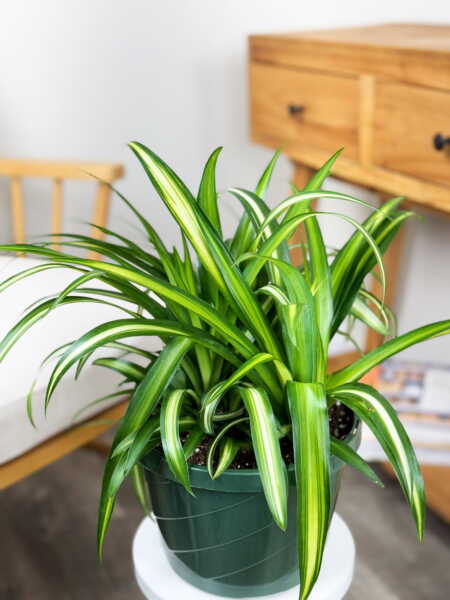
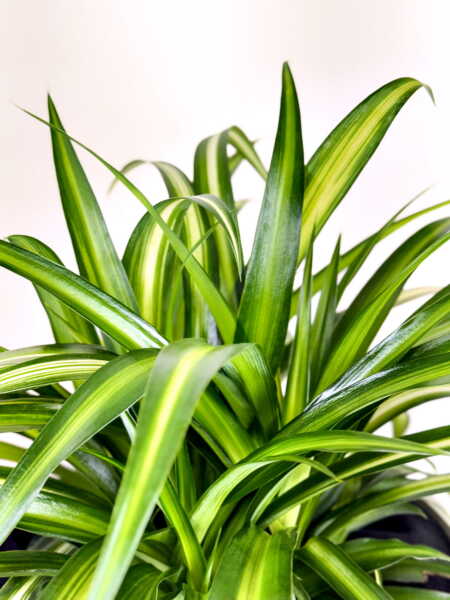
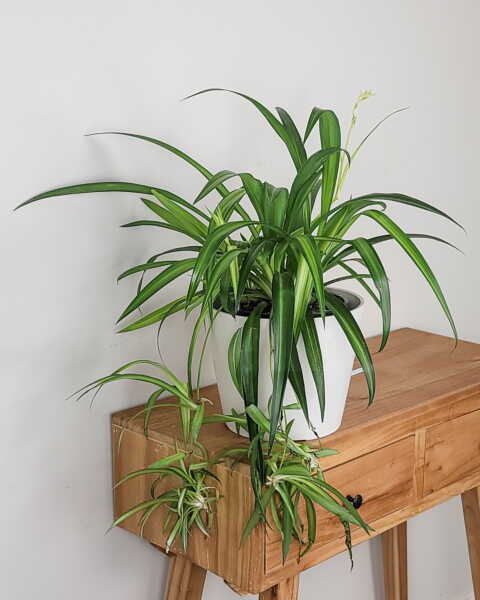
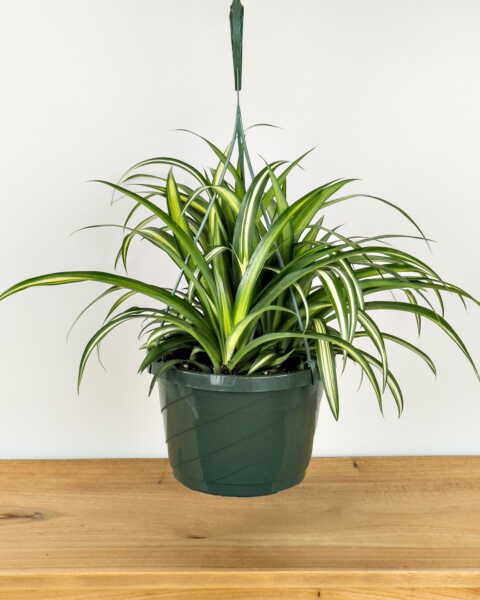
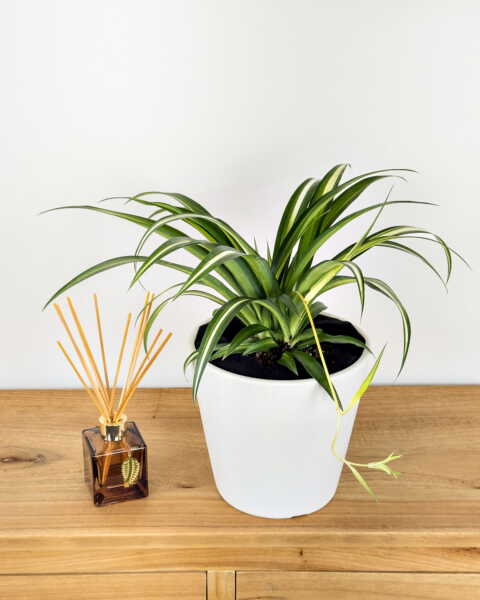
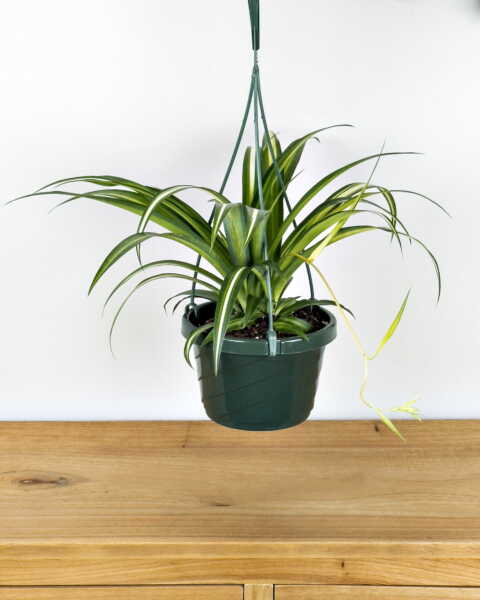






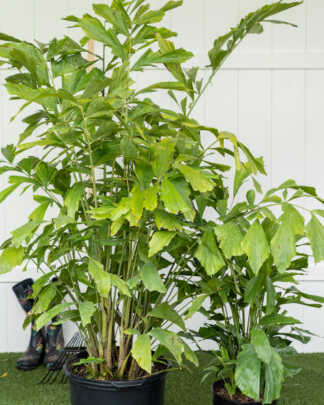
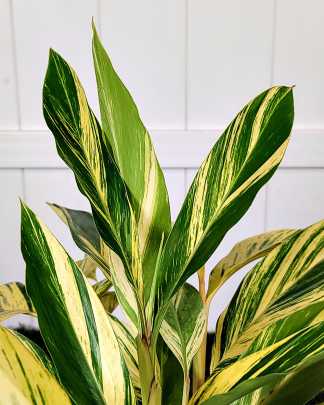
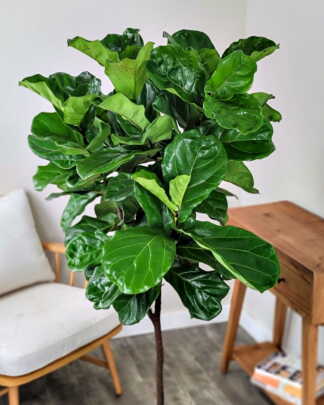
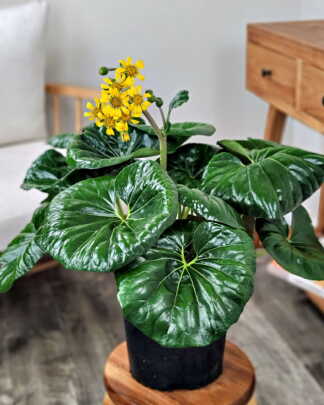
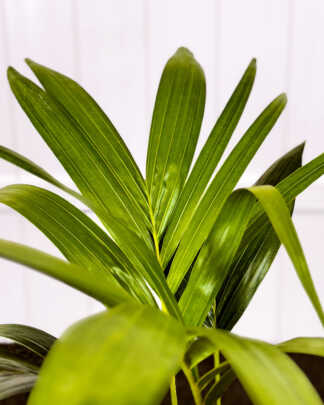


Guest –
love these